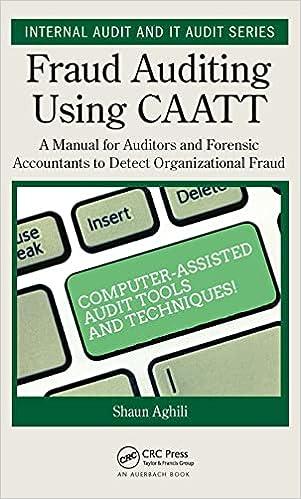On January 1 of the current year, the J Company purchased office machinery for $94,000. The office machinery has an stimated useful life of 5 years and an estimated salvage value of $9,000. Complete the depreciation schedule below. Each formula in column D must include the DDB function. The basic mathematical operators are,+ and/ Addition: To add the values in cells A1 and B4, the formula is =A1+B4 Subtraction: To subtract the value in cell B4 from the value in cell A, the formula is =A1-B4 Multiplication: To multiply the values in cells A1 and B4, the formula is =A1B4 Division: To divide the value in cell A1 by the value in cell B4, the formula is =A1/BA Using the DDB function The DDB function has the following syntax: SLN[COST, SALVAGE,UFE, PERIOD,(FACTOR]) Each variable may be either a value or a formula that returns a value. The final variable, factor, is the depreciation rate. If omitted, it is presumed to be double declining balance. Using absolute addresses Once a formula is created, you will often want to copy the formula to other columns and rows. It's important to undecf and that excel always uses "relative addresses" unless you indicate otherwise by creating an "absolute address". For example, if you are calculating the cost of purchasing 2 boxes of cereal at a cost of $3.95 per box, the formula in ceil B28 is =826827. Although we read cell 828 as "Multiply 2 boxes by $3.95" ", Excel is actually calculating the value in cell 828 as "Multiply the value in the cell in the same column (column B) 2 rows above (row 26) by the value in the cell in the same column 1 row above (row 27). This works just fine to calculate the cont of 2 boxes, but if we copy the formula in cell 828 to C28, Excel will assume relative feferences. The formula in cell C2 will become = C26. C27. Since Cell C7 is blank, the formula will return a value of SSO (which is an excelent deal for 6 boxes of cereal, but it isn't accuratel) Adding a $ sign belore the column or row reference locks the formula to a specific location








